Indoor training is a powerful tool for anyone who is serious about improving their performance on the bike. The applications are also pretty diverse, whether you are an enthusiast looking to improve your FTP, or a bike commuter hoping to go farther or get less tired on your daily route, indoor session, indoor sessions can be of great help.
In this guide, we discuss everything you need to get started on indoor training apps, and share some tips on how to make the most out of your investment.
Choosing an indoor training app
Training apps like Zwift or TrainerRoad represent the most popular platforms for indoor training because they provide systematic training programs, make workouts immersive and fun, and even make workouts fun.
Both Zwift and TrainerRoad have a wide range of training plans to choose from, both can calculate your FTP based on virtual power if you don’t have a power meter, and both can run on either iOS and Android for mobile devices, as well as either Windows and MacOS machines.
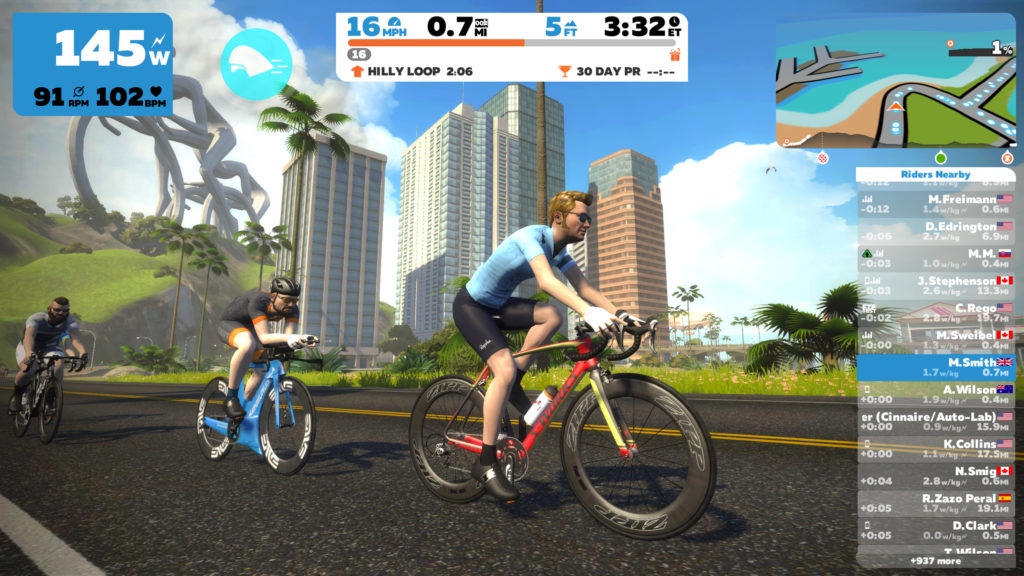
Zwift’s main draw is that it lets you ride in a virtual world, complete with various simulations of both real places like New York and London, as well as its signature fantasy course: “Watopia.” It also lets you ride alongside other Zwift users as you train in its virtual courses. Races and events are common fare so Zwift is often compared to a massively multiplayer video game.
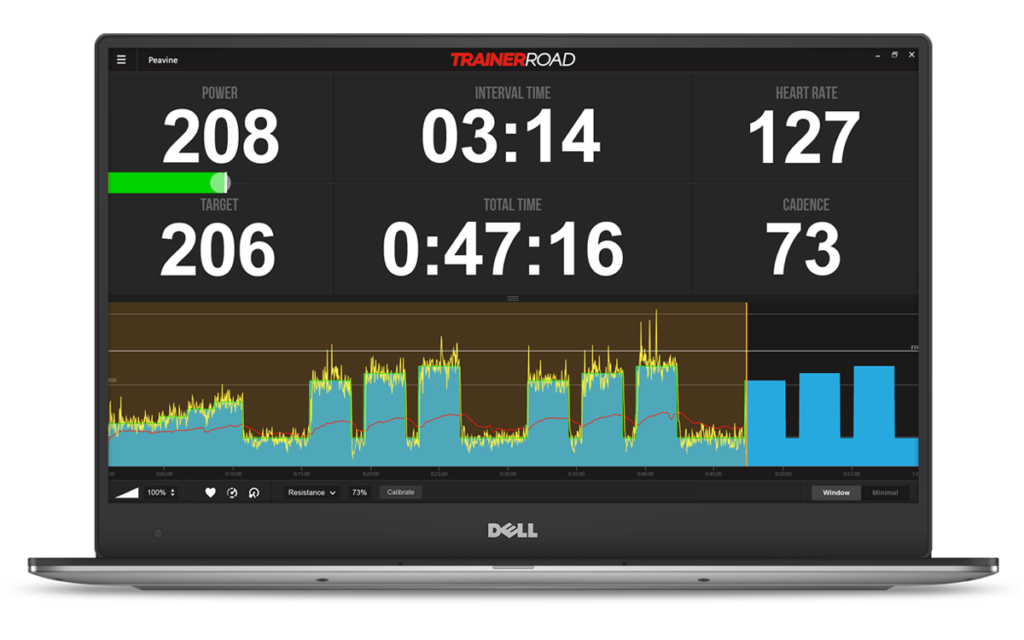
TrainerRoad is more straightforward and has more training programs to choose from. What it lacks in features like virtual riding and video game effects, it makes up for by providing a no-nonsense interface for training. TrainerRoad also allows you to upload a workout to a compatible cycling head unit if you want to take your workout out in the real world for a spin.
A Zwift subscription plan currently costs 14.99USD monthly, while a TrainerRoad subscription will cost you 19.95USD a month (or 189.00AUSD for an annual membership if you want to save some money).
What you’ll need (and want)
Next up, the things you’ll need: a smart trainer or an indoor trainer coupled with speed and cadence sensors, a bicycle, and a device that can run the app you have chosen.
You probably already have a bike so the trainer is the main thing component here. Smart trainers are the simplest way to go, but they also cost quite a bit more. Smart trainers have built-in sensors (usually power, speed, and cadence) that allow them to pair directly with either Zwift or TrainerRoad, which differentiates them from “dumb trainers” which will require you to provide sensors in order to use with a training app. Some smart trainers can also adjust resistance to simulate road feel, and special ones can have other features like the Tacx NEO 2T Smart which can simulate descents, or the Wahoo Kickr Climb which raises your bikes front end and increases the resistance to simulate a climb.
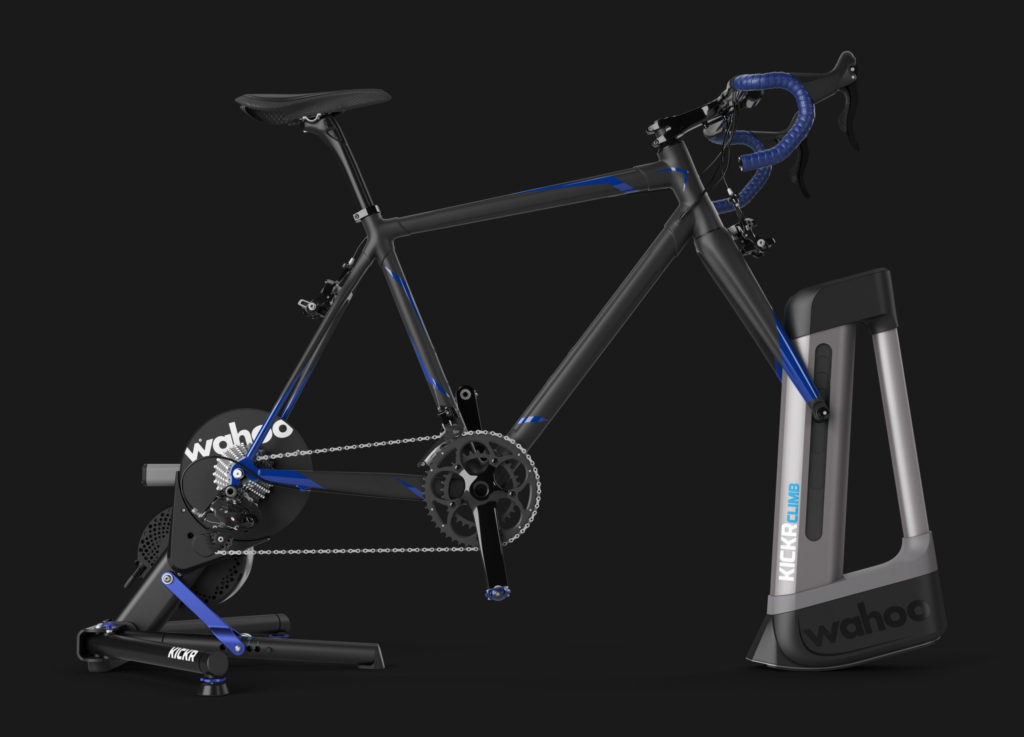
A “dumb trainer” is more accessible but will require you to at least have a speed sensor to pair with a training app. As most workouts will require you to pedal at specific cadences, a cadence sensor is optional but highly recommended. Power meters are the most accurate way to go, but they are still very expensive and virtual power is consistent with itself so unless you need to know your actual FTP, your speed and cadence sensors are more than enough to start using indoor training apps.
It is also important to keep in mind that not all bike sensors use the same wireless protocol. The two most common ones are ANT+ and BLE (Bluetooth Low Energy). ANT+ sensors will require your mobile device or computer to have a compatible receiver (usually an ANT+ USB dongle or key), while BLE sensors are compatible with mobile device and computer bluetooth receivers. Some sensors are ANT+, some are BLE, while some are both ANT+/BLE capable.
Once you have a bike, an indoor trainer (with sensors), a compatible device, and a subscription to a training app ready, we can move on to setting things up for your first training session!
—
Watch for Part 2 of this series for our discussion on how to set your training rig up, how to get started with app-driven indoor cycling, and a few useful tips for efficient and happy workouts!

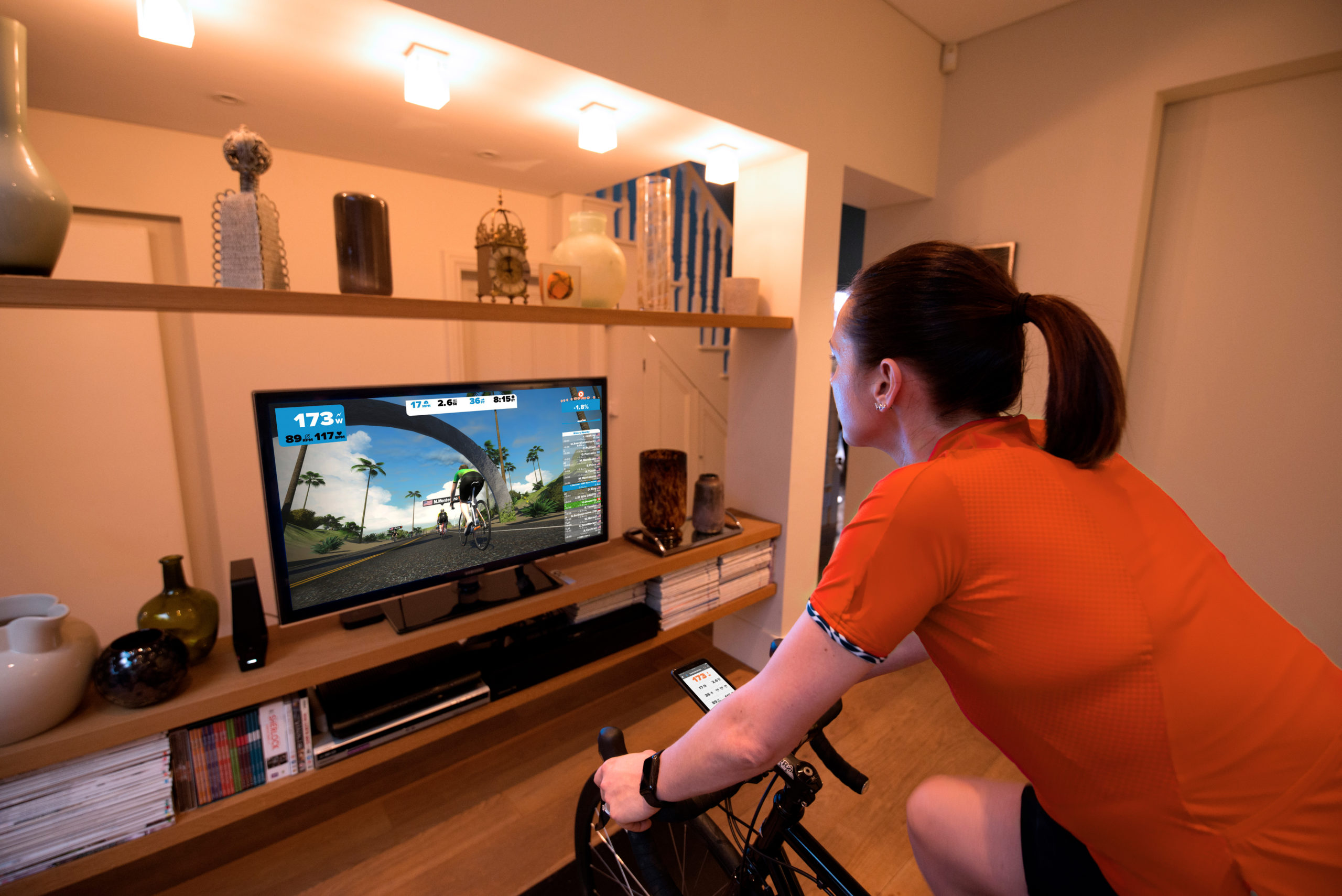

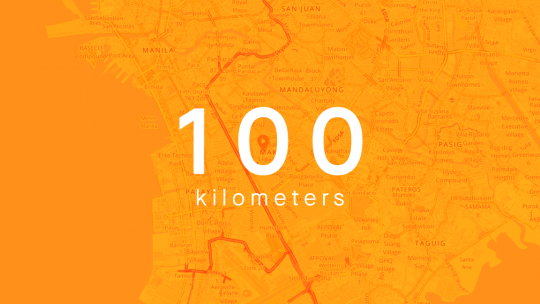


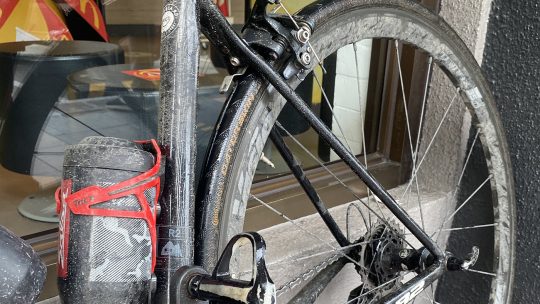

Leave a Comment